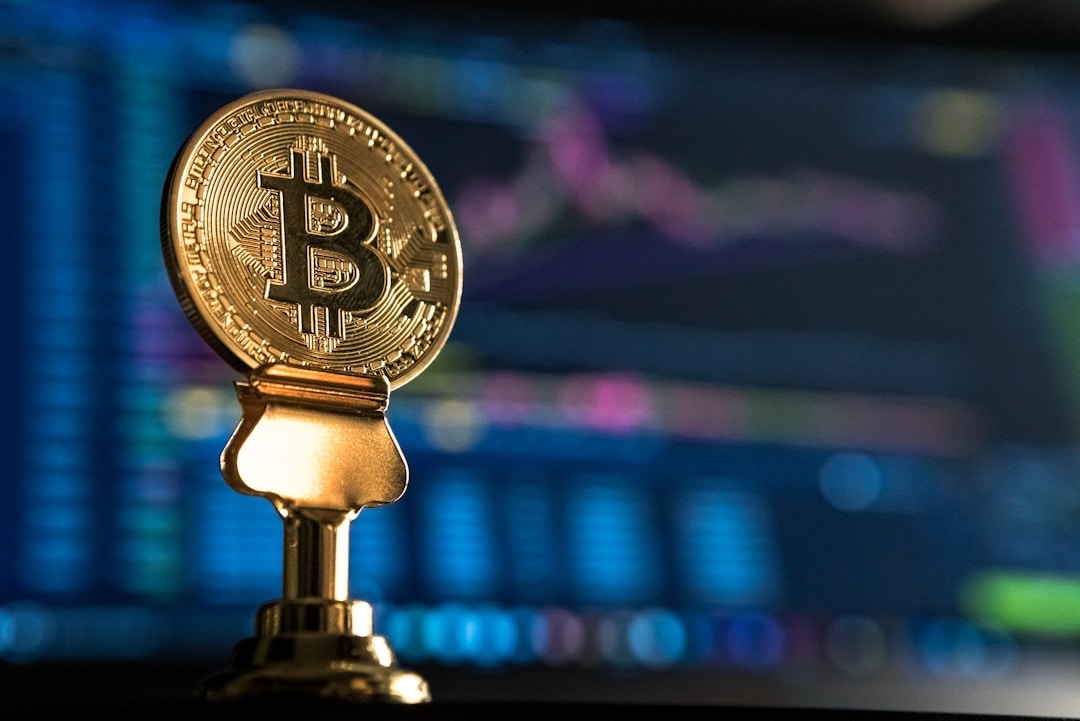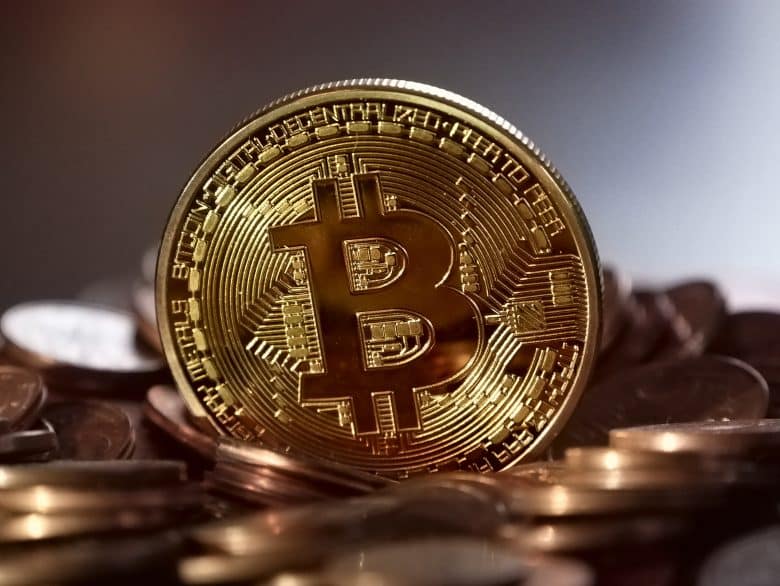In early 2021, Bitcoin passed the 50,000 USD to 1 BTC mark and has continued to get closer to the 60,000 USD to 1 BTC mark. If you are new to the world of Bitcoin, blockchain technology, cryptocurrency and digital currency, you might be wondering what all the fuss is about.
The History of Bitcoin

Bitcoin is a cryptocurrency that was created in 2009 to be an alternative to fiat currency, such as dollars and euros. It was a reaction to the 2008 crash, which resulted in a loss in confidence in many financial institutions, large banks that engaged in investment banking, traditional fiat currencies and finally the U.S. government and financial system in general. Through blockchain technology, Bitcoin transactions can be recorded in a ledger without the assistance of any government banking services. In addition, there are only supposed to be a maximum of 21 million Bitcoins ever. This creates scarcity and value and makes Bitcoin a great hedge against the inflation of the U.S. dollar and other fiat currencies.
There was a time when Bitcoins could be purchased for less than a penny, but those times disappeared quickly. As Bitcoin (BTC) took off, many other services took off as well in the form of cryptocurrency exchanges, Bitcoin friendly banks, crypto-friendly banks, crypto companies, and crypto businesses. Unfortunately, not all of this growth was good for the world. Features of the dark web like The Silk Road used Bitcoin and other cryptos to deal in drugs, weapons and other illegal items. In 2014, Mt. Gox, by far the biggest Bitcoin and cryptocurrency exchange at the time, had to declare bankruptcy due to the massive theft of its Bitcoin and other digital assets, due to hackers. Fiat currency, despite its drawbacks, has FDIC protection when held within a U.S. bank account. Bitcoin and other cryptos do not have FDIC protection and many investors lose their Bitcoins and other digital assets and that created the need for stricter regulation of all cryptocurrency exchanges within the United States, especially within New York State, where a BitLicense is now required to operate.
Bitcoin Today

The “Bitcoin Bubble” has been going strong for about twelve years now and has yet to burst. In addition to the existence of banks that are friendly to Bitcoin (and crypto-friendly banks in general), Bitcoin cryptocurrency exchanges, crypto banks, and Bitcoin-friendly ATMs, many of our financial institutions, financial services, traditional banks and institutional investors have come to integrate Bitcoin and other major cryptocurrencies as well. USAA allows its members to integrate their USAA account with a Coinbase Bitcoin Wallet. PayPal allows its users to buy and sell cryptocurrencies like Bitcoin, Bitcoin Cash, Ethereum, and Litecoin. Credit card and debit card companies like Visa are also planning to start integrating cryptocurrencies. Altcoins like Ripple, Cardano, Enjin and others have entered the crypto market, as well as non-fungible tokens (NFTs), such as virtual art and virtual real-estate.
Traders can now trade cryptocurrencies and other crypto assets and digital assets on a variety of cryptocurrency exchanges, such as Coinbase, Bitcoin Up, Kraken, Binance, and Gemini to name a few, although US citizens have limitations to some cryptocurrency exchanges, like Binance. Interestingly, Gemini was actually founded by the Winklevoss twins, made famous by films like The Social Network and Banking on Bitcoin. They actually own a 1% stake in all of the world’s Bitcoin, because they got in early. Mobile apps now allow crypto-related additional services for crypto users in addition to, of course, the purchase of Bitcoin. J.P. Morgan Chase says that Bitcoin may reach 130,000 USD to 1 BTC.
The stereotypes of Bitcoin as a pyramid and crypto users as hobbyists and gamblers is beginning to disappear. At the end of the day, Bitcoin has established itself not just as a practical investment, but as a practical alternative to fiat currencies like the USD, EUR, and GBP.














Leave a Reply